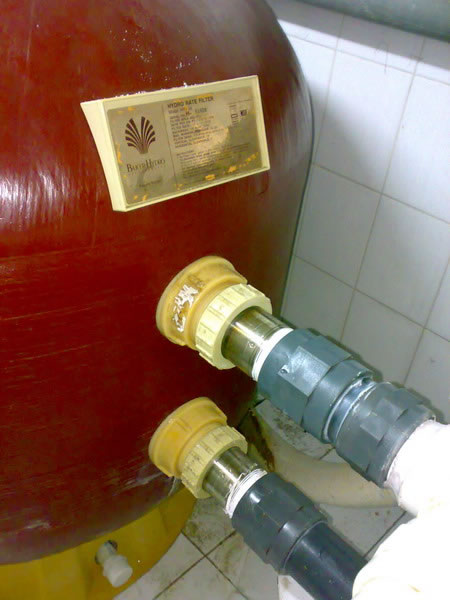With the unseasonably warm weather this week, perhaps it time to start thinking about routine Spring maintenance. It never hurts to start early so those inevitable surprises cannot delay planned pool opening.
My initial checks include:
- inspect pool tiles, surroundings and gutters for signs of ice or freeze damage;
- check pump room for pipe leaks or leaky valves;
- open sand filters and check sand quality and level;
- open DE filters and check integrity of the grids;
- open cartridge filters and check cartridges for damage or wear;
- check/ run pool pump to ensure well-lubricated bearings and silent operation;
- check transformers and power supplies for water damage or corroded terminals;
- inspect fuse box and ensure operability of trip switches and earth leakage units;
- make preliminary inspection of pool lights and determine lamps that need replacing;
- ensure the pool water is still in pristine condition with no trace of algae.
Any major problems discovered now can be comfortably dealt with well in advance of the swimming season, when pool service is both hard to get and rushed.
